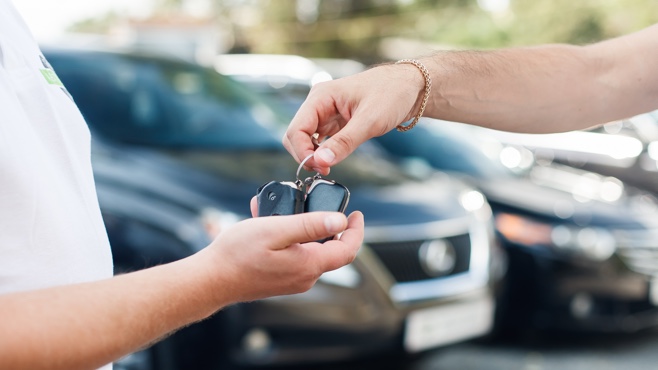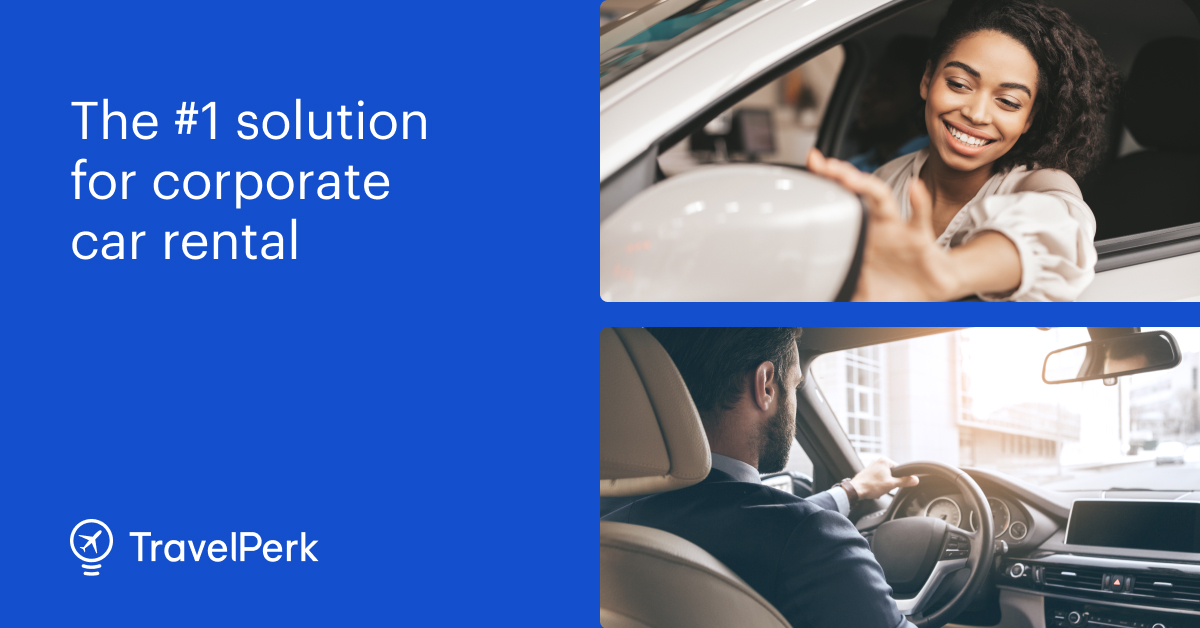Handy Info To Selecting Car Rental Sites
Handy Info To Selecting Car Rental Sites
Blog Article
How Do You Determine The Size And Type Of Vehicle You Will Require In A Rental Vehicle?
In determining the kind and size of vehicle you require for renting a car, it's essential to consider aspects like the quantity of passengers, the size of luggage, and your destination. How do you choose the ideal vehicle? The compact cars are perfect for people who are traveling on their own or as a part of a group. It is important to choose a car that has enough space for everyone if you are traveling in a large group. If you plan to travel for a long distance you might want to consider adding extra space for the comfort of your passengers.
Determine the quantity of luggage you'll carry. This includes suitcases, bags and other things. If you are traveling with minimal luggage, then a small or mid-sized car with a trunk will be sufficient. Also, you'll need a vehicle large enough for your luggage, sports gear as well as bulky items. A minivan, SUV, station wagon, or van with a lot of storage space for cargo is ideal.
Destination: Think about your destination and the kind of terrain that you'll experience on your trip. If you are traveling into an urban area with narrow streets and limited parking, it may be better to select a car which is smaller. If you are planning an off-road adventure or an excursion to a remote region with rough terrain then a four-wheeled vehicle or SUV with a higher clearance on the floor is necessary for security and security.
Special Requirements: Take into account any particular requirements or preferences that you might have, like the requirement for child seat accessibility features, wheelchair-accessible features, or towing capabilities. Some rental agencies offer vehicles that are specifically designed for specific needs such as luxury cars convertibles, hybrid and electric models that might better suit your needs depending on your personal preferences and the nature of your trip.
When you consider the number of passengers, amount of luggage, the destination and any special needs, you will be able to select the best size and type of vehicle for your rental needs. Be sure to communicate your preferences clearly when making your reservation to make sure the rental agency can accommodate your requirements. Have a look at the recommended Car rental recommendations for site info including trip rent a car, book a car hire, cheap car hire one way, rentcars near me, rent a car same day, rental car location near me, car rental near me luxury, renting a car under 25, hire a car for the weekend, rent out car and more.
How Do You Inspect The Vehicle For Existing Damage Or Wear And Wear?
To ensure that you are not held responsible for previous issues when returning, it is vital to check the rental vehicle prior to accepting. Follow these steps to conduct an extensive inspection.
You should carefully inspect the exterior of your car for scratches, scratch marks, dents and other damages.
Special attention should be given to parts like bumpers, doors fenders, mirrors and other parts that can easily get damaged.
Look for cracks, chips or chips on the windshield.
Find leaks under your car or signs of damage.
Interior Inspection:
Check the interior by opening the doors and the trunk.
Take a look at the upholstery, seats and carpets for any stains.
To ensure that all adjustments work properly, check the adjustment of the seat, including those on the driver's side.
Examine the steering column, dashboard and the controls to determine if there are any damages or malfunctions.
Examine the condition and effectiveness of the heating, cooling, and ventilation system.
Check the sound, lights signals and other electronic devices.
Functional Inspection
Start your car and look for any warning lights or an error message on the dashboard.
Check your brakes, accelerator and clutch (if applicable), to make sure they are working smoothly.
Check the operation of your brake lights as well as the brake headlights (high beams) as well as turn signals, by switching them all on.
Check the washer fluid, emergency/parking brake, windshield wipers, and horn washer fluid.
Document any Damage:
Make use of a rental contract form provided by the rental company, or an app for your smartphone to record any existing damage or issues.
Photograph and film your vehicle from multiple angles. Be sure to focus on areas that are damaged or show indications of wear.
Note the location, size, severity, and the type of damage for every scratch, dent, or other damage.
If you find any damage you find any damage, inform the representative of the rental car company before taking the vehicle.
Report Damage
Check the vehicle over and over again, and inform the representative of the rental company of any damage you find.
You can ask them to provide a copy or the inspection report as well as document the damage in their records.
Complete the rental agreement form or the inspection report with the representative from the rental company, to acknowledge the damage that is already present.
You can avoid liability through these measures, and thoroughly inspecting the vehicle for signs of wear or damage prior to deciding to purchase it.
What Are Some Important Questions You Could Ask Regarding Additional Drivers Policies?
If you're considering the Additional drivers policy for a vehicle rental, and especially if your plan is to add additional drivers to your vehicle, it's important to know the terms, as well as any additional fees, that could be charged. There are a few points to consider and some concerns to consider Policies - Know the policy of the company regarding the addition of additional drivers. Find out about restrictions, rules or other restrictions regarding the addition of additional drivers.
Authorized drivers: Find out who can be added as an additional driver. Most rental companies require that all additional drivers satisfy certain criteria, such as being over the required age having a valid driver's licence and a place in the rental contract.
Fees or Charges: Make certain to inquire about any additional fees that may be incurred for the inclusion of drivers. Certain rental agencies might charge a daily fee for additional drivers, while others may offer one-time fees for the time period of the rental.
Find out the pricing structure. What is the cost of rental per day, per period of rental or per additional driver? Knowing how the fees are calculated will help you avoid any surprises and help you budget your expenses properly.
Membership Benefits. If you are a member of certain loyalty programs or organizations, find out if they offer any benefits or discounts for additional drivers. Drivers Policy. Certain rental companies waive or discount the additional driver cost for members of certain associations.
Primary Drivers Responsibilities: Determine if the primary drivers (the renter) is responsible or not for any damage or violation caused by additional driver on the contract. Be aware of how accountability is distributed in the case of accidents or other incidents that involve additional drivers.
Age Restrictions: Find out if there are age restrictions on the additional driver. Some rental companies might require an age limit or minimum for additional drivers.
Documentation Required: Be sure to inquire about any required documentation for the addition of additional drivers. For instance, a valid driver’s license or proof of coverage. Before adding any additional drivers to the rental contract, make sure that they are armed with necessary documentation.
Ask about the number of drivers you can have in a rental agreement. Some rental companies will restrict the number of additional drivers they permit however, others might charge a surcharge per additional driver.
If you ask these questions and gaining an understanding of the Additional Drivers policy of the rental firm, you can make sure that all drivers are authorized and well-informed, and you can avoid any unanticipated fees or issues throughout your rental time.